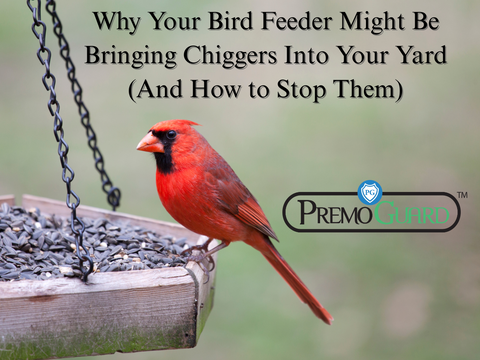Keeping your chicken coop clean isn’t just about appearance, it’s essential for the health of your flock, the safety of your eggs, and keeping pests like mites and lice from moving in. Whether you’re raising backyard chickens or managing a larger flock, this guide will walk you through a natural coop cleaning routine that promotes biosecurity, cuts down on ammonia, and eliminates harmful pests without the use of toxic chemicals.
How Often Should You Clean Your Chicken Coop?
According to experts, your coop needs more than just the occasional sweep.
-
Daily or Weekly: Spot clean droppings and refresh nesting material as needed.
-
Monthly: Swap out bedding and do a quick surface clean.
-
Seasonally (Spring & Fall): Perform a deep clean to remove all waste, disinfect surfaces, and reset your coop environment.
This seasonal refresh is the ideal time to go beyond surface cleaning and protect your coop from lingering parasites.
Step 1: Clear It Out Completely
Start by removing all bedding, nesting box liners, feeders, waterers, and any loose items. Be thorough—mites and lice love to hide in corners, cracks, and under roosts. Wear gloves and a mask if you’re sensitive to dust or allergens.
Step 2: Scrub & Disinfect Naturally
Instead of using bleach or harsh chemicals, opt for natural alternatives:
-
Scrape off droppings and dried debris.
-
Hose down the floors and walls.
-
Disinfect with a 50/50 mix of white vinegar and water or use barn lime to neutralize pathogens.
Let everything soak and scrub with a stiff brush. Rinse well and repeat on tough spots. Natural disinfectants won’t harm your birds, eggs, or soil.
Step 3: Air-Dry Thoroughly
Moisture is a breeding ground for bacteria and pests. Let your coop air-dry completely before replacing bedding or equipment. Open vents and doors for airflow, and consider using fans if you live in a humid area.
Step 4: Pest Prevention with Premo Guard
Once the coop is clean and dry, it’s the perfect time to apply Premo Guard Poultry Spray. This lab-tested, non-toxic spray kills mites, lice, fleas, and other pests on contact—without any harsh chemicals. Mist it directly on roosts, nesting boxes, and corners where pests hide. It also makes a great preventive treatment, especially after adding new bedding.
Unlike traditional chemical sprays that require egg withdrawal or can irritate your flock, Premo Guard is safe to use around chickens of all ages and won’t leave behind toxic residues. It integrates seamlessly into your coop maintenance routine, keeping pests from gaining a foothold.
Step 5: Re-Bedding & Fresh Nesting Materials
Choose natural, absorbent materials like:
-
Pine shavings: Excellent for odor and moisture control.
-
Sand: Easy to scoop and keeps the floor dry.
Step 6: Regular Maintenance
To keep things fresh between deep cleans:
-
Remove droppings daily or every few days.
-
Check for moisture or odor buildup weekly.
-
Reapply Premo Guard every 1–2 weeks or after adding new birds or bedding.
Regular upkeep not only keeps your chickens healthier, but also reduces the work needed during your next seasonal refresh.
The Natural Choice for a Healthier Coop
Chemical-free doesn’t mean ineffective. A clean, dry, and well-maintained coop, paired with natural tools like Premo Guard Poultry Spray, sets the foundation for a happy, healthy flock. Say goodbye to strong fumes, messy powders, and egg withdrawal warnings—and hello to simple, safe, and effective pest control that works.


